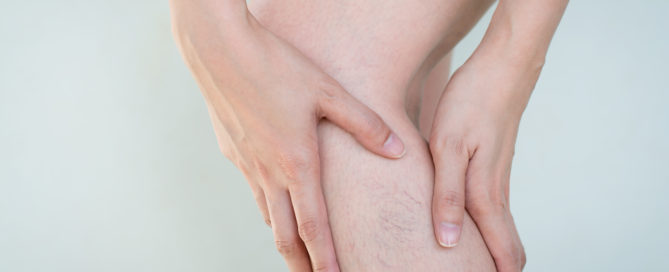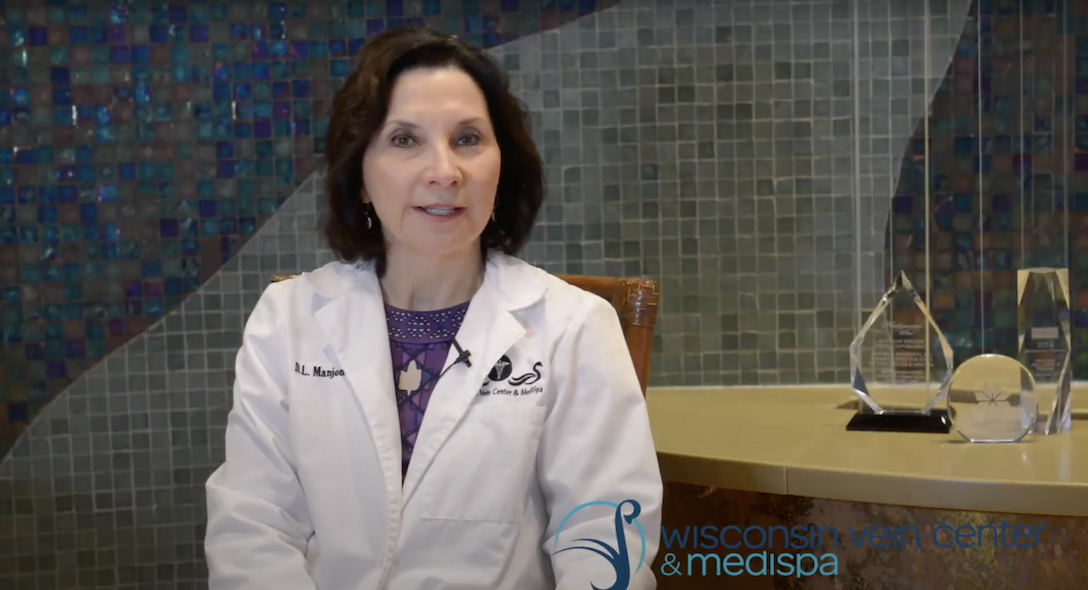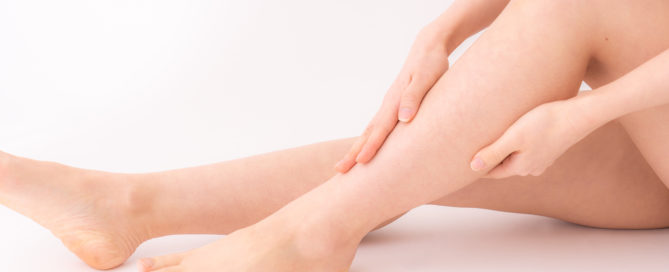Visible leg veins can be a medical problem as much as a cosmetic one. If you’re bothered by varicose veins or spider veins because of symptoms or their appearance, it’s normal to consider your treatment options. It’s also normal to wonder whether treatment is really needed – here’s what to know about leg veins and what you can expect.
WHAT CAUSES VARICOSE VEINS AND SPIDER VEINS?
Varicose veins and spider veins are two separate conditions that share a common cause. Normally, veins have valves that push blood toward the heart in a single direction. Sometimes, these valves can weaken and allow blood to flow backward and accumulate. The blood accumulation allows the veins to swell and become damaged, floating toward the surface of the skin. There, they become more visible, bulge from the surface of the skin, and even cause discomfort.
CAN LEG VEINS GO AWAY ON THEIR OWN?
The short answer is no. In fact, spider veins and varicose veins can sometimes worsen over time. Once the veins become enlarged and damaged by poor blood flow, they’ll need to be treated by a vein specialist if you want them to go away. However, there are ways you can prevent them from further developing.
HOW CAN I PREVENT VARICOSE VEINS AND SPIDER VEINS?
There are a few lifestyle changes you can make to decrease your chance for the formation of spider and varicose veins. These include:
- Wearing compression stockings
- Getting regular exercise
- Avoiding sitting for long periods of time
- Avoiding standing for long periods of time
Sometimes, spider veins and varicose veins can’t be prevented because of your genetics. In fact, if a close relative has varicose veins or spider veins, you’ll be more likely to develop them. They’re also more common in pregnant women or older individuals.
WHAT ARE MY TREATMENT OPTIONS?
Fortunately, there are many different treatments that can effectively reduce the appearance of spider or varicose veins. Your vein specialist might recommend:
- Endovenous laser treatment
- Ambulatory phlebectomy
- Varithena֭™
- Laser therapy
- Sclerotherapy
It’s important not only to prevent the formation of spider veins and varicose veins, but to seek treatment from an experienced vein expert who can achieve both cosmetic and medical results. Your results will be determined largely by the skill of your vein specialist so make sure to select a provider that offers the latest technologies and specializes in spider and varicose vein treatments.
SCHEDULE A CONSULTATION
Varicose veins and spider veins are easily treatable with the right technologies and techniques. To meet with our team, contact Wisconsin Vein Center & MediSpa by calling our Pewaukee office or filling out our online form.



 Back to News & Updates
Back to News & Updates




